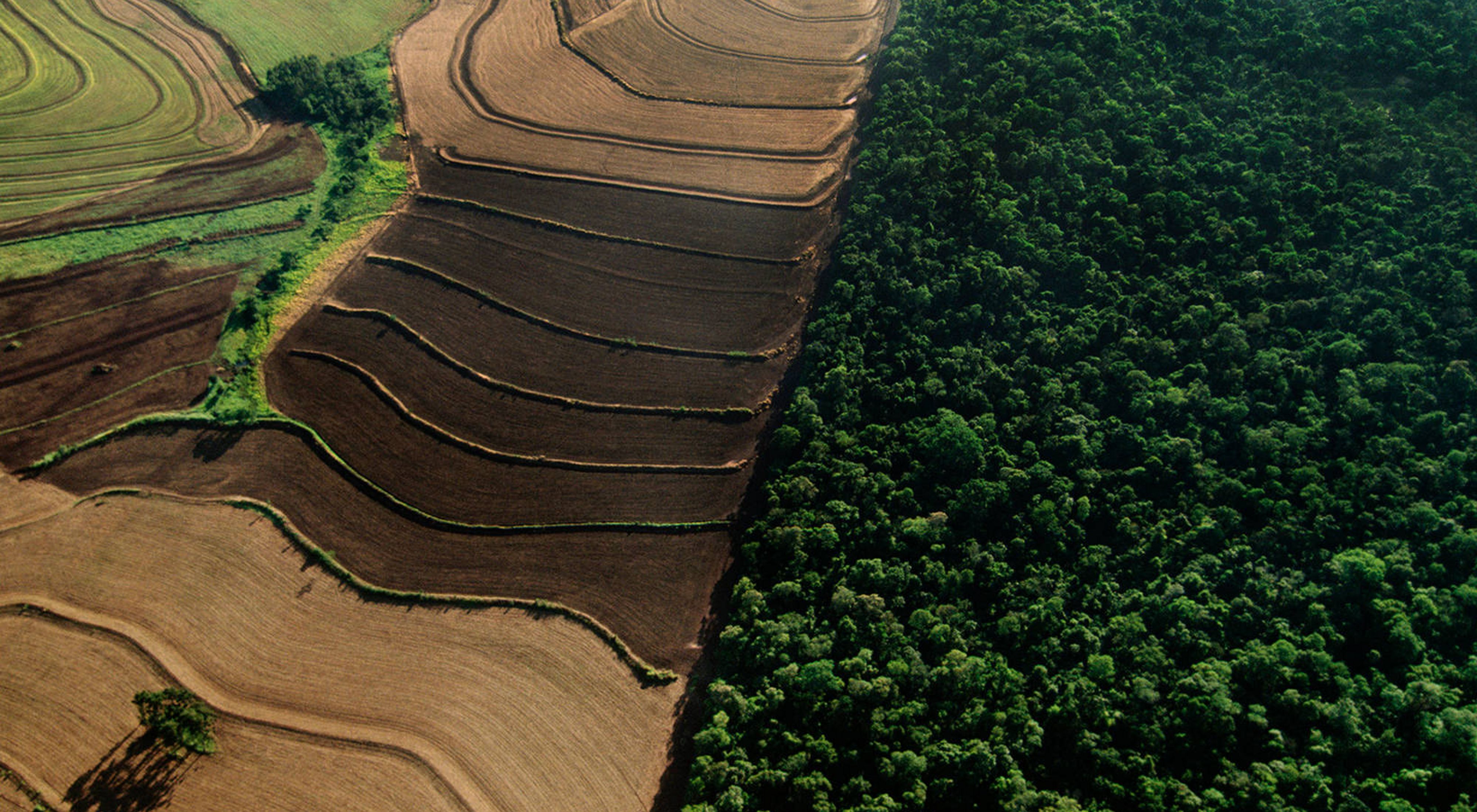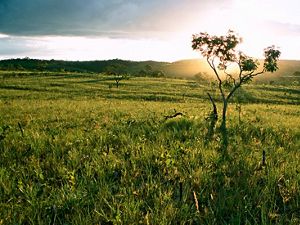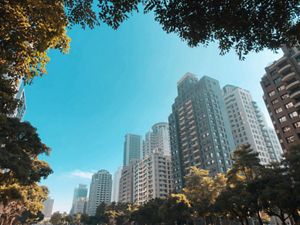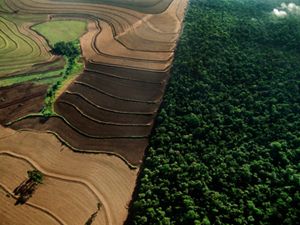Hard News on Soft Commodities
By David Cleary, Director of Agriculture, The Nature Conservancy
KEY TAKEAWAYS
A recent pledge by a group of global soy traders represents a first-ever attempt to move beyond deforestation commitments to cover all ecosystems.
The commitment could be a huge boost to conservation efforts in the Cerrado, a global biodiversity hotspot threatened by agricultural expansion.
There's still more to do: the next and more important step is determining how much of that sourcing is conversion-free and increasing that percentage up over time.
Something very significant for conservation happened recently, but only a few media outlets picked up on it. You can kind of understand why: a commitment by a group of soy traders to “a common framework for reporting, monitoring and progress on transparent and traceable supply chains for soy in Brazil’s Cerrado region” doesn’t exactly set pulses racing.
Somebody needs to have a word with the communications staff at the companies involved: they would have been better advised to frame it as “Major global soy traders go beyond deforestation commitments to cover all ecosystems for the first time, in a place that actually matters to their business.”
That captures the importance of what just happened much better. So, let’s unpack this a little.
First, some introductions: meet the Soft Commodities Forum (SCF). You’d be forgiven for not knowing it, which is ironic given that it may be the shape of the future in weeding habitat destruction out of commodity supply chains. It is a group of the six largest soy traders in the world: Archer Daniels Midland, Bunge, Cargill, Cofco International, Louis Dreyfuss, and Glencore. Staffed by top sustainability managers of those companies, the SCF has a direct line to the CEOs of its member companies. It is also nimble — the SCF combines a small number of members with a liking for flying under the radar in a space where interest groups are typically much larger and slower moving. It also helps that the members of the Soft Commodities Forum together possess enough market weight to move the needle.
So, what exactly has the Soft Commodities Forum done and why is it important? They have zeroed in on the Brazilian Cerrado, arguably the most interesting place in the world right now for those interested in deforestation. It is a complicated, mixed ecosystem more typical of the places where most of the world’s tropical commodities come from than a classic forest biome like the Amazon. One of the longstanding criticisms of deforestation commitments is that they just displace conversion pressure from forests to other ecosystems. That’s the first reason why this announcement from the Soft Commodities Forum is important: it blows that criticism out of the water by making it clear that the soy traders are focusing on all native vegetation, not just forests.

The commitment in the Cerrado is a big deal. A direct quote from their press release: “Starting with 2018 harvest data, the SCF member companies will report individually the percentage of soy they each source in the Cerrado from the total Brazilian volume. Together the SCF members will closely monitor municipalities that have had the highest rates of conversion of native vegetation to soy.” Again, somebody should get them some help with communications. We wouldn’t all be asleep in the back row if they had said something like this: “We will for the first time make clear how much of the soy we trade comes from the Cerrado and then zero in on where we know our supply chains might be part of the problem. This will make us accountable for doing the right thing and will drive improvements in our performance.”
So instead of sitting there waiting for campaign organizations to pull it up, these companies are finally giving civil society the information needed to track trends over time. Reports are promised every six months, and that will help understand where efforts need to be targeted. In the Amazon, a soy moratorium has been in place for over a decade, but the Amazon only ever produced a tiny fraction of Brazilian soy — a moratorium was good but not significant in terms of the volume of production affected. The Cerrado is very different. Though what the SCF will help shape is not a moratorium, it will send a strong signal from the traders to producers to channel expansion of soy cultivation to land that’s already been cleared. That’s a big step forwards in a biome that accounts for well over half of all Brazilian soy production.
There’s one last moral to draw out. The traders, consciously or not, are also sending a signal. It reads: this is the way commodity markets are going. We need to be seen globally as responsible actors. The destination markets for Brazilian soy are concerned about where that soy comes from, and when they look into the future they also see climate change hitting yields. So yes, Brazilian farmers need financial help to make the transition to conversion-free production. But there is plenty of cleared land to expand crops into, in the Cerrado and elsewhere.
There is still a lot to be done. Knowing how much a trader is sourcing from the Cerrado is only a first step. The next and more important step is knowing how much of that sourcing is conversion-free and driving that percentage up over time. The specifics of how the traders, individually or as a group, deal with farmers who are still destroying habitat but complying with Brazilian legislation are still unclear. Nevertheless, the traders have made clear the direction of travel, and it will be difficult for them to retreat from those thorny implementation issues now that the zero-conversion policy is out in the open.
The Soft Commodities Forum may need help with messaging, but if it’s substance that matters, we just saw a lot of it.
Originally posted on Mongabay
March 21, 2019
View Original
Global Insights
Check out our latest thinking and real-world solutions to some of the most complex challenges facing people and the planet today.



